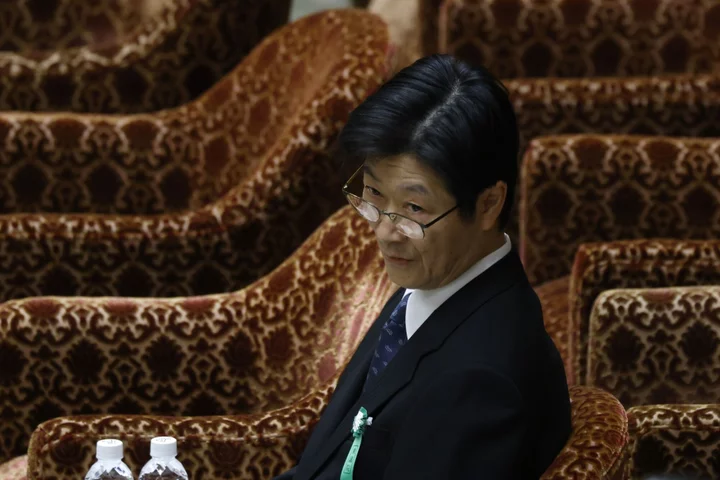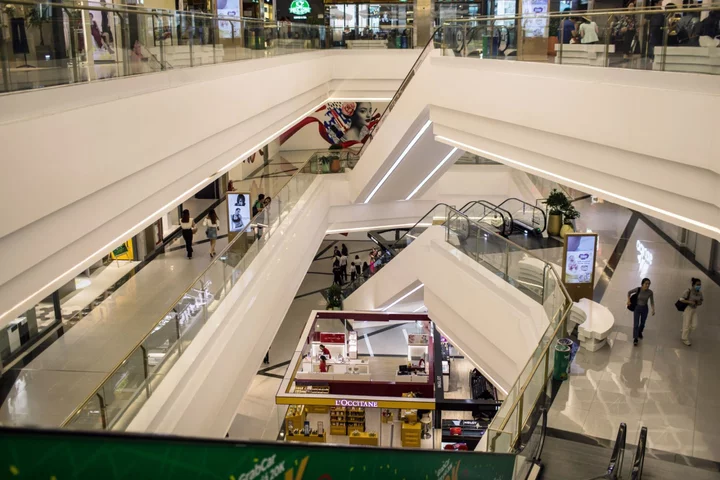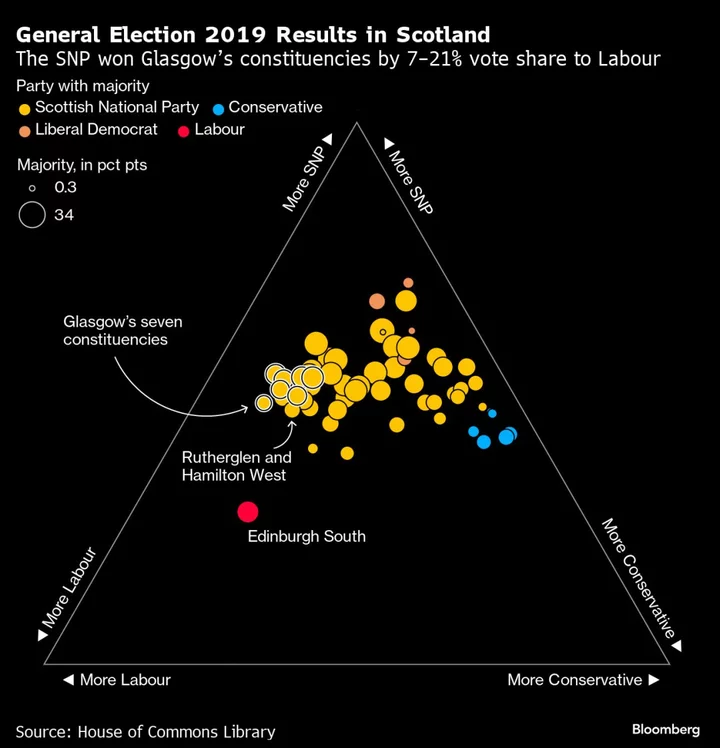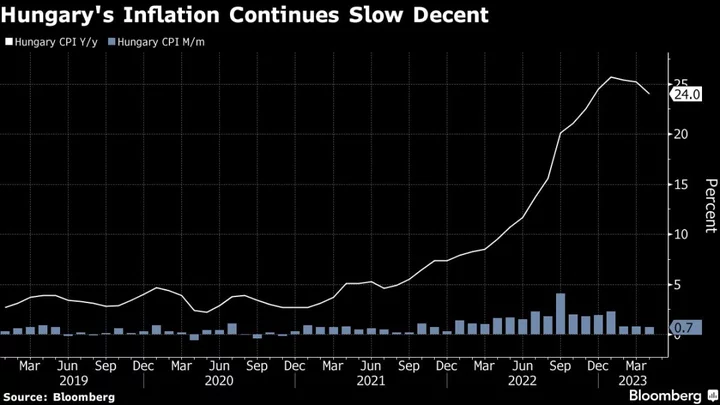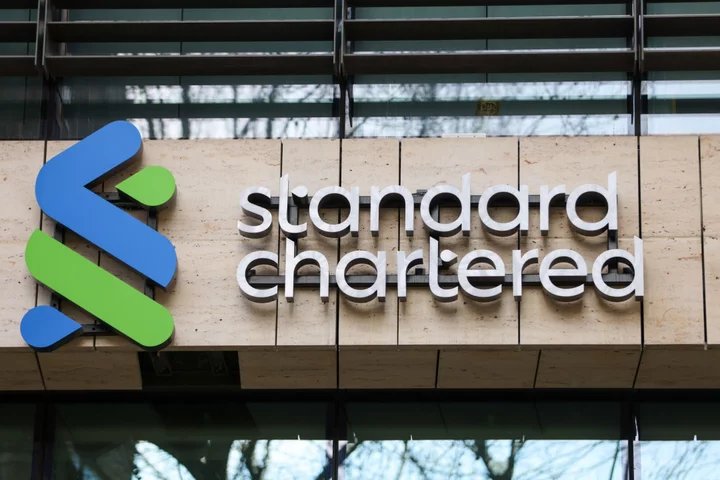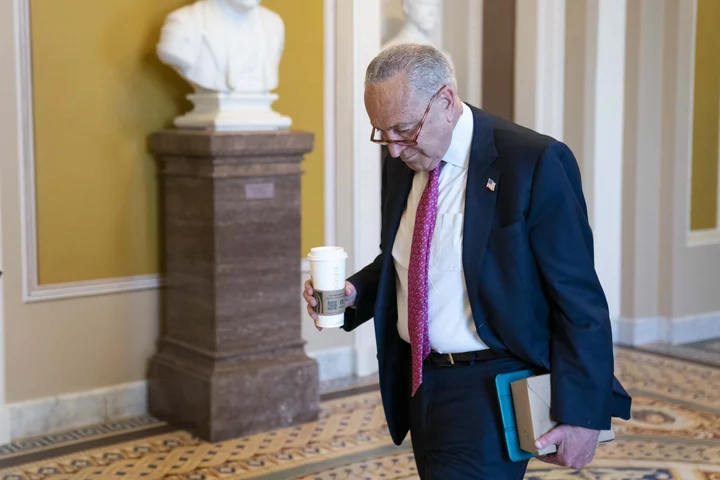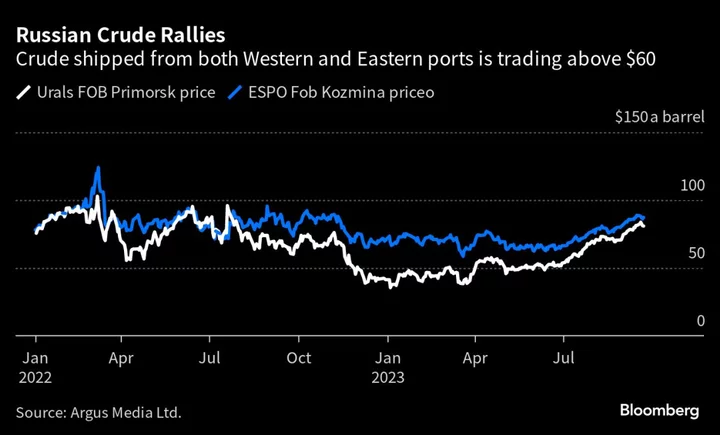Deputy Governor Shinichi Uchida said that the Bank of Japan is far from an exit or raising its negative interest rate, after the bank jolted global financial markets last week by adjusting its yield curve control program.
“Needless to say, we do not have an exit from monetary easing in mind,” Uchida said in a speech to local business leaders in Chiba, Japan on Wednesday. “In sum, the bank’s decision to conduct yield curve control with greater flexibility aims at patiently continuing with monetary easing.”
Uchida’s remarks come as market players are still trying to figure out the intention behind the BOJ’s surprise Friday move of effectively allowing 10-year bond yields to rise. While there is now growing attention on the timing for when the BOJ may end its negative rate policy, Uchida said there’s still a long way to go before the bank gets there.
“Given current developments in economic activity and prices in Japan, the bank assesses that there is still a long way to go before such decisions are made,” Uchida said as he explained such a move would mean the BOJ is in a state where it needs to cool the economy to address high inflation.
Japan’s key inflation gauge has stayed above the BOJ’s 2% target for more than a year, although the bank’s view is that it has been mainly pushed up by cost-push factors. The price gains are expected to subside later this year, and attention is on both the slowdown pace, and when inflation may pick up again after the deceleration.
Following the YCC revision on Friday, almost no BOJ watchers expect further policy action this year, according to a Bloomberg survey conducted this week. The largest number of analysts predict the next policy change will come in April. Scrapping the YCC is the most likely next step, and raising negative rates the next most likely, the poll showed.
Japan’s 10-year yields jumped to above 0.6% this week, reaching the highest level in nine years before the BOJ stepped in with an unscheduled bond operation. Traders are still in the process of figuring out which conditions trigger the BOJ to step in to stop yields from rising.
“When the rates are between 0.5 percent and 1.0 percent, the bank will contain an excessive rise in the rates by making nimble responses,” Uchida said. The bank has various ways to do so including increasing the amount of bond purchases and conducting fixed rate operations, he said.

